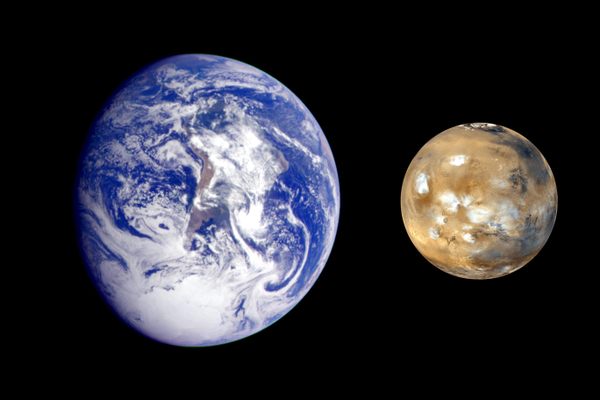Photo of the Week: The Journey to Mars Starts in Kazakhstan
The search for life on Mars continues.
A Proton rocket trundles to the launch pad on the Baikonur railway in Kazakhstan, on March 11, 2016. (Photo: ESA/Stephane Corvaja)
At 8.30 a.m. on Monday, March 14, the Roscosmos Proton rocket will blast out of the Baikour Cosmodrome in Kazakhstan. Some 10 hours later, the rocket will separate from its spacecraft, which then begins a seven-month journey to a planet that has long fascinated mankind: Mars. The launch process will be streamed live throughout the day on the European Space Agency’s website.
This is the start of the ExoMars program, a joint undertaking between the ESA and Russia’s space agency, Roscosmos. Over two separate missions, in 2016 and 2018, the program hopes to establish whether there has ever been life on Mars. The name is actually a hint, too–exo refers to exobiology, the search for extraterrestrial life.
Once the spacecraft reaches Mars in October, a landing module called Schiaparelli will detach from the Trace Gas Orbiter. While Schiaparelli descends onto the surface to test entry, descent and landing capabilities for later trips, for as long as its battery life holds, the Orbiter will circle Mars to search for trace gases. If the Orbiter detects certain gases, particularly methane, it could be evidence of biological or geological activity.
The second part of the ExoMars program will begin in 2018, with a rover to conduct more thorough research on the surface of the red planet.

A full view of the rocket against the Kazakhstan landscape. (Photo: ESA/Stephane Corvaja)









Follow us on Twitter to get the latest on the world's hidden wonders.
Like us on Facebook to get the latest on the world's hidden wonders.
Follow us on Twitter Like us on Facebook